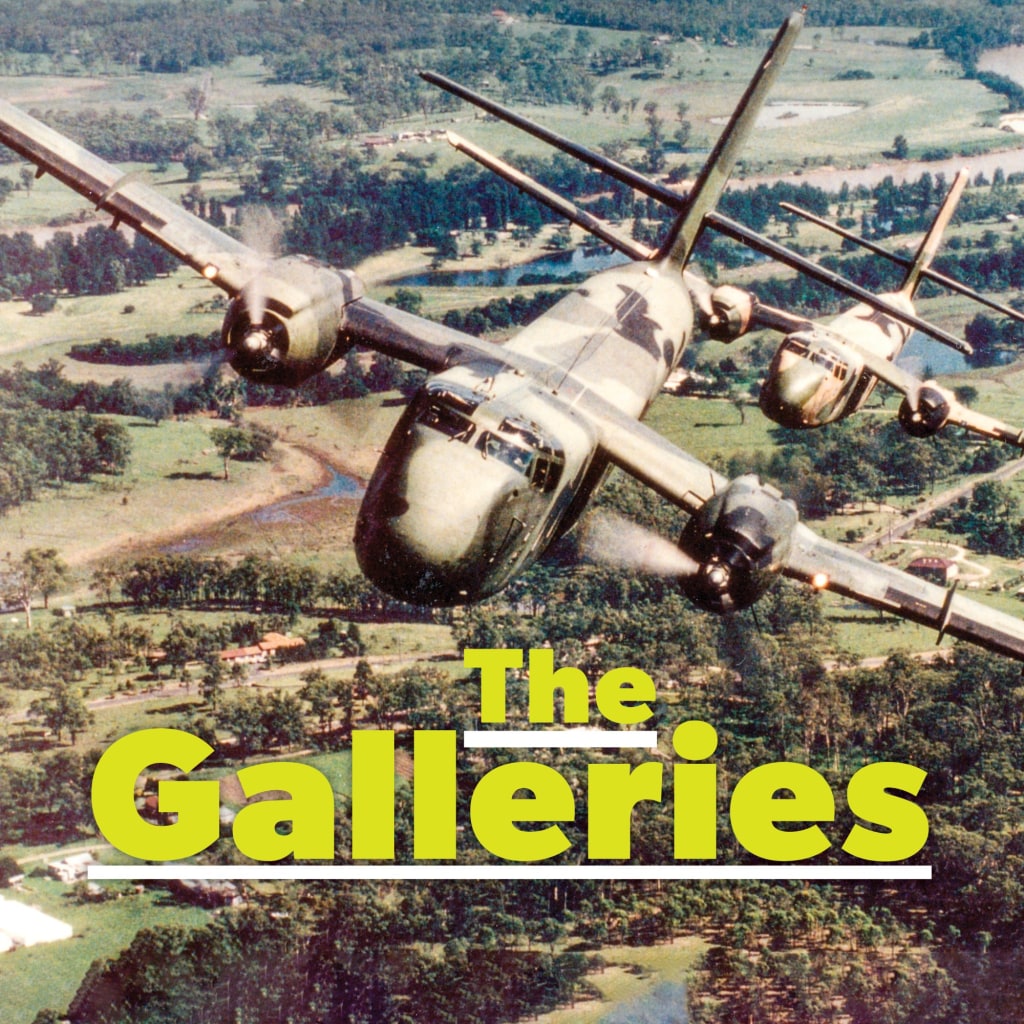In Focus
A brief history of naval aviation

Source: Stephen Kuper
The need for a significant relationship between Australia’s Navy and its airborne counterparts has been evident right from the beginning, and is one that continues to thrive to this day. Hannah Dowling takes a walk down memory lane, and looks to the future of naval aviation in Australia.
A brief history of naval aviation, and what lies ahead
The inextricable relationship between the sea and the skies, and the opportunity provided by naval aviation has been observable since the inception of the Royal Australian Navy in 1911. In the RAN’s founding year, Australian-born Sir Arthur Langmore, now considered a pioneer of naval aviation, became one of the first naval officers to complete his pilot qualifications. Sir Arthur manned a Sopwith Baby seaplane off the HMAS Brisbane in 1917, and conducted the first water landing in Britain during the war. By the end of WWI, over 80 Australians had served their country as a part of the Royal Navy Air Services (RNAS). Following the formation of the Royal Australian Air Force in 1921, the control of naval aviation fell out of the hands of the RAN, and the idea of the Fleet Air Arm felt lost. At that time the RAAF was supplying aircraft, pilots, and maintenance personnel to the RAN, while the Navy provided aircrew, with observers and telegraphist air gunners. This policy stayed in place until 1944, when the last seaplane was removed from RAN carriers and single-engine low-performance reconnaissance aircraft fell out of favour. However, by the end of WWII, the importance of meaningful air support at sea became apparent, and the beginnings of the RAN’s Fleet Air Arm came to fruition.

Source: Stephen Kuper
Welcome to Albatross
No discussion of Australia’s naval aviation history is complete without an understanding of the vital role of HMAS Albatross – the on-shore home of the RAN’s Fleet Air Arm. Located six kilometres shy of Nowra in NSW, Albatross is the largest Naval operational establishment in Australia and the RAN’s only air station. The site was built shortly after WWII and was declared as an RAAF airfield, commencing operations in 1942. It was later occupied by US Army Air Corps and the Royal Netherlands East Indies Army Air Force. By late 1944, the base was transferred to the RAN for the purposes of housing its Pacific-based Fleet Air Arm, and was commissioned as Royal Navy Air Station HMAS Nabbington. The base was reverted back to RAAF control in March 1946 in an understanding to see the site “be retained but not maintained”.
This content is available exclusively to Australian Aviation members.
Subscribe to Australian Aviation for unlimited access to exclusive content and past magazines.A monthly membership is only $5.99 or save with our annual plans.
- Australian Aviation quarterly print & digital magazines
- Access to In Focus reports every month on our website
- Unlimited access to all Australian Aviation digital content
- Access to the Australian Aviation app
- Australian Aviation quarterly print & digital magazines
- Access to In Focus reports every month on our website
- Access to our Behind the Lens photo galleries and other exclusive content
- Daily news updates via our email bulletin
- Unlimited access to all Australian Aviation digital content
- Access to the Australian Aviation app
- Australian Aviation quarterly print & digital magazines
- Access to In Focus reports every month on our website
- Access to our Behind the Lens photo galleries and other exclusive content
- Daily news updates via our email bulletin












